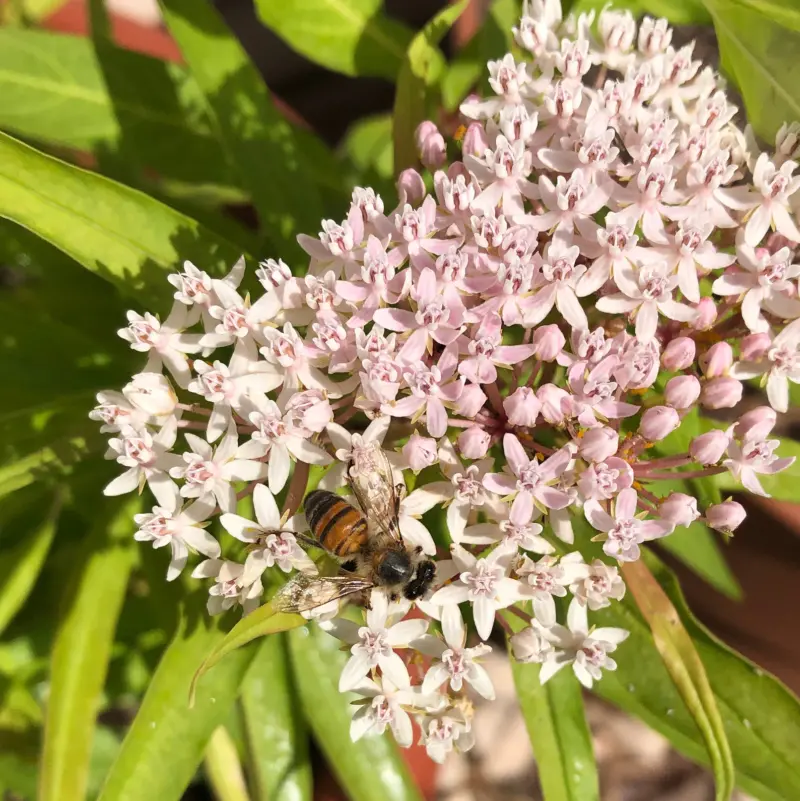“White Swamp Milkweed”: A Guide by Johnny Butterflyseed
As an advocate for native plants and the preservation of butterfly habitats, Johnny Butterflyseed is committed to educating enthusiasts about the various milkweed species that support monarch butterflies in Florida and throughout the U.S. Southeast. Today, we focus on two milkweed species that are often the last to be identified in the field due to their subtle differences: Asclepias incarnata and Asclepias perennis.
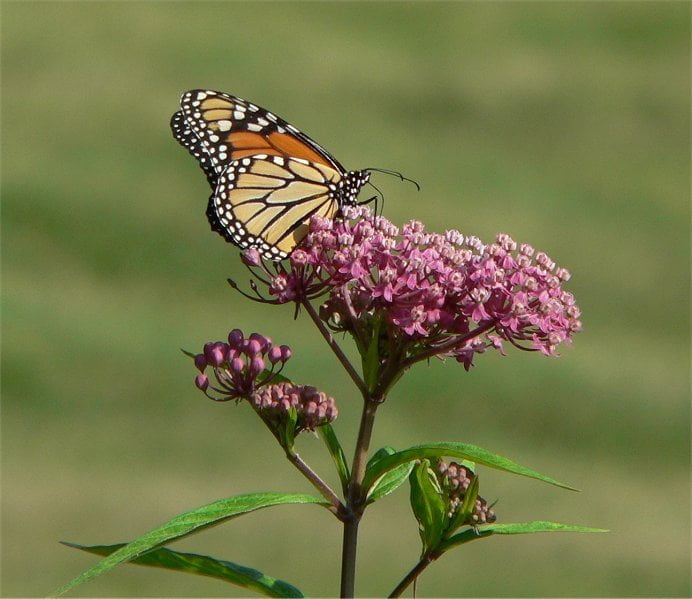
50 Swamp Milkweed Seeds (Asclepias incarnata) for North America
Create a sanctuary that celebrates. Bring the beauty of Swamp Milkweed to your garden with Johnny Butterflyseed’s Premium Swamp Milkweed Seeds.
Identification Key Insights
Based on the USF Atlas of Vascular Plants, here are the critical identification keys for these two species:
Asclepias incarnata:
– Leaf blade base: Rounded to short-tapering
– Corolla (petals) color: Dull rose-purple
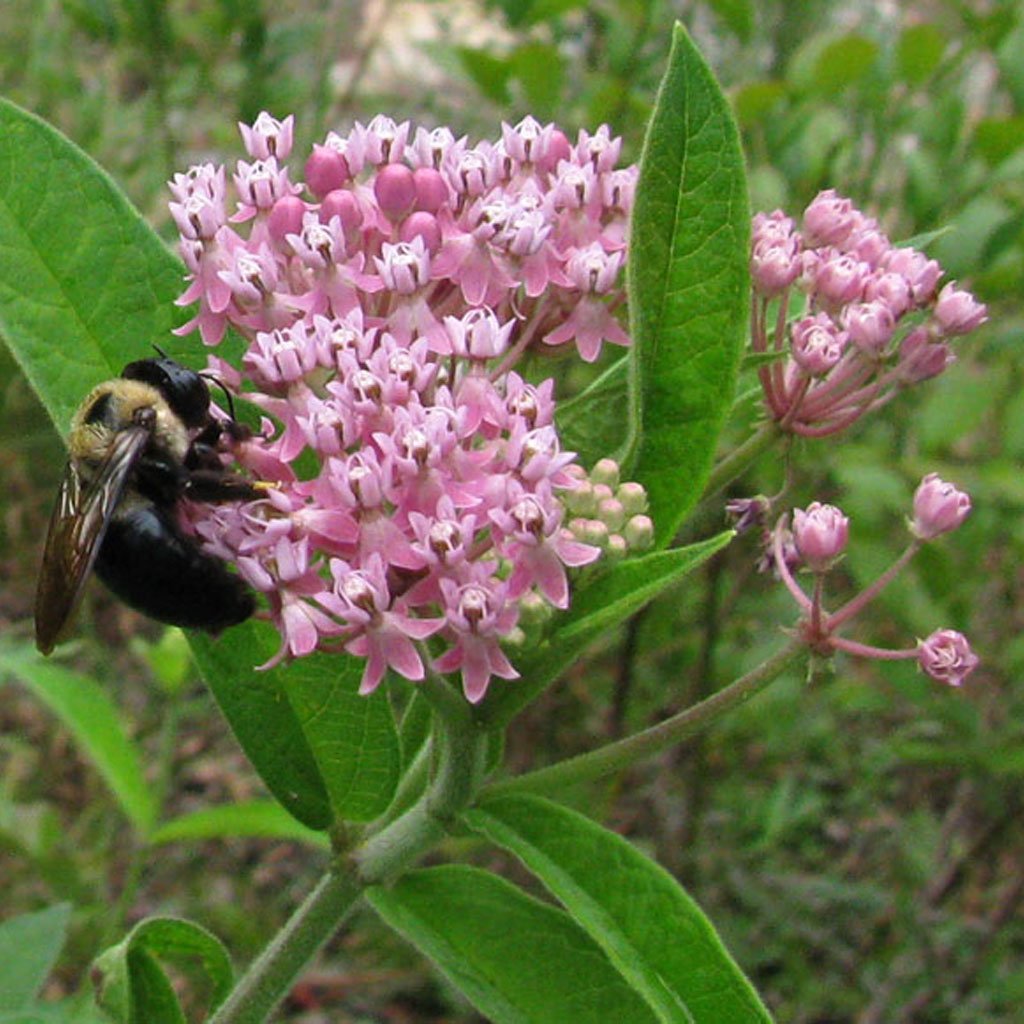
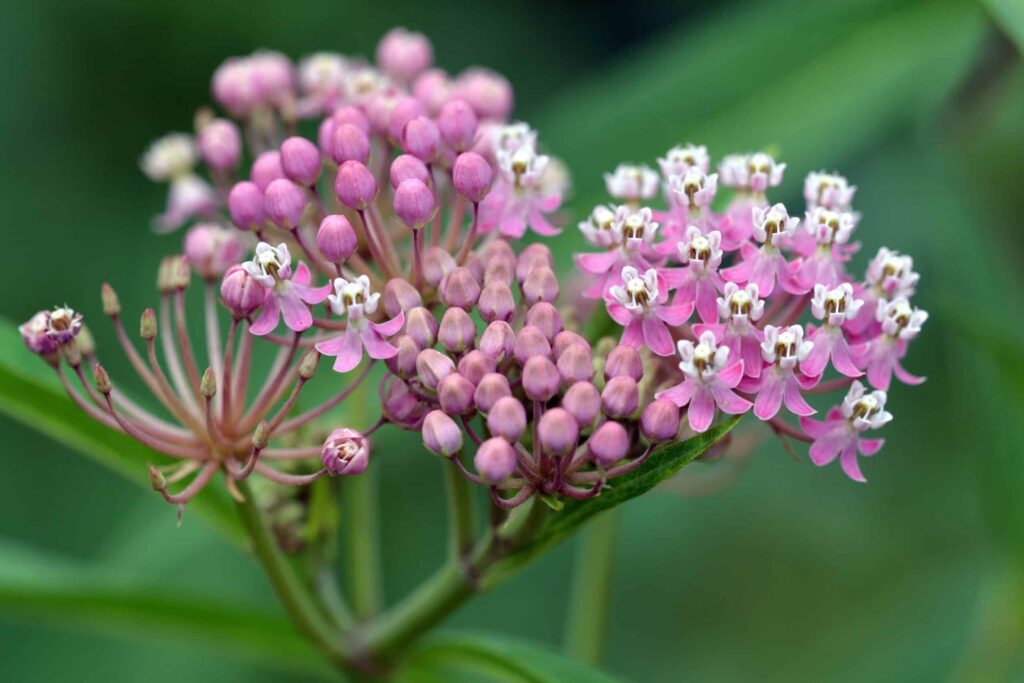
Asclepias perennis:
– Leaf blade base: Long tapering
– Corolla color: White to pale pink
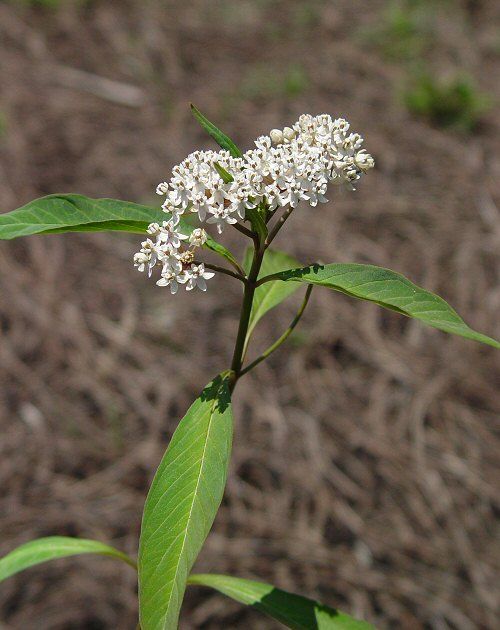
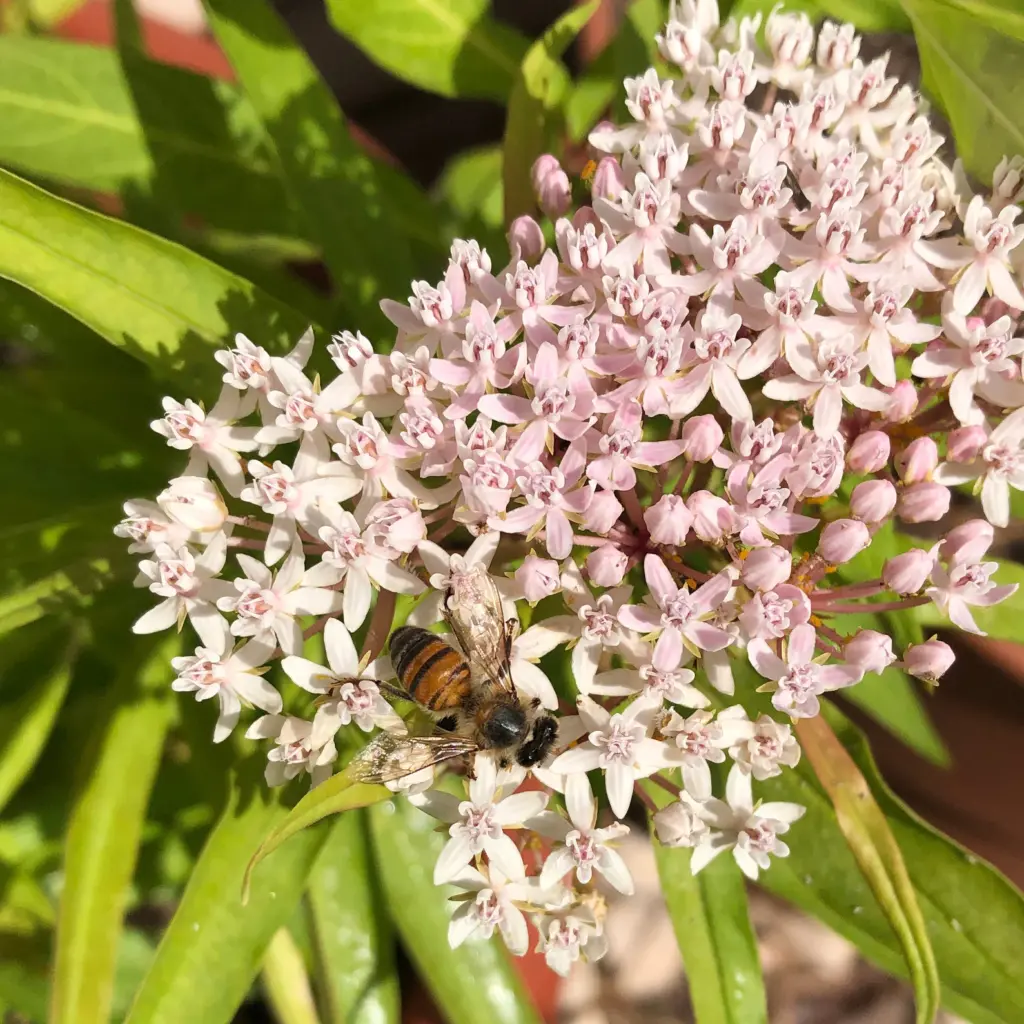
While these identification keys provide essential guidance, the subtleties in their descriptions can sometimes lead to confusion. Let’s delve deeper into these characteristics.
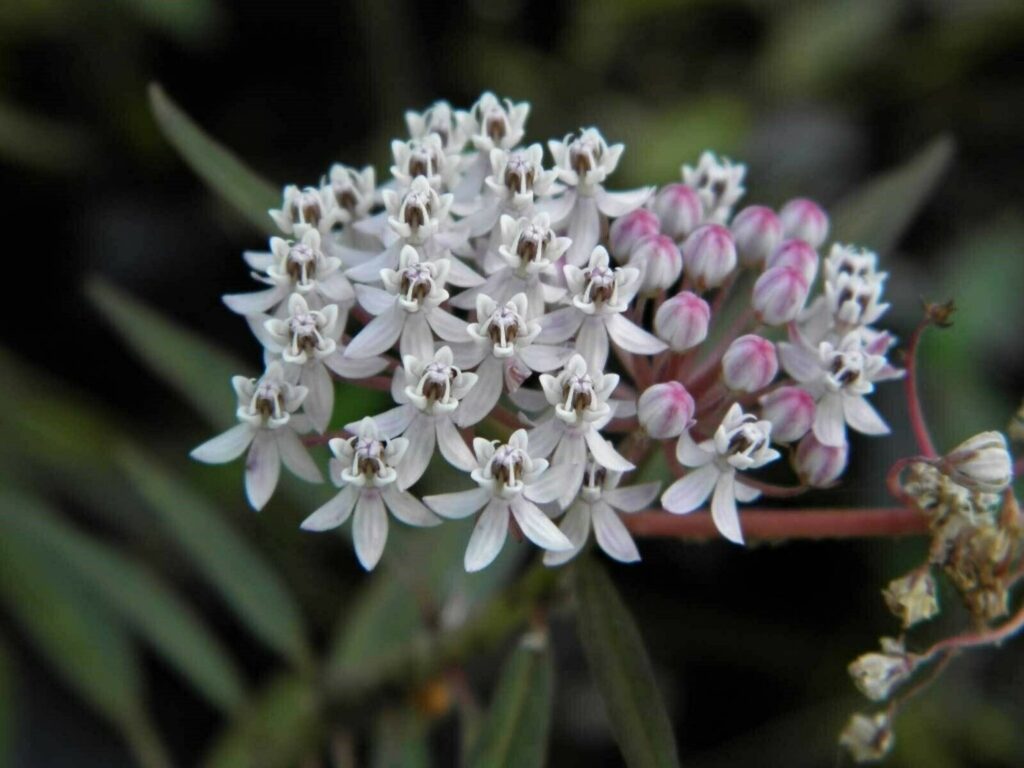
50 Aquatic Milkweed Seeds (Asclepias perennis) White Swamp Milkweed for U.S. Southeast and Midwest
Aquatic Milkweed (Asclepias perennis) is a native perennial that thrives in wet environments. With its beautiful white blossoms and attractive green foliage, it’s an eye-catching addition to any aquatic setting. 50+ seeds.
